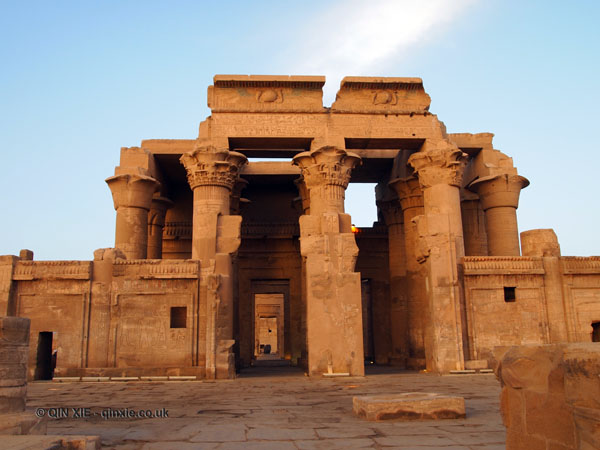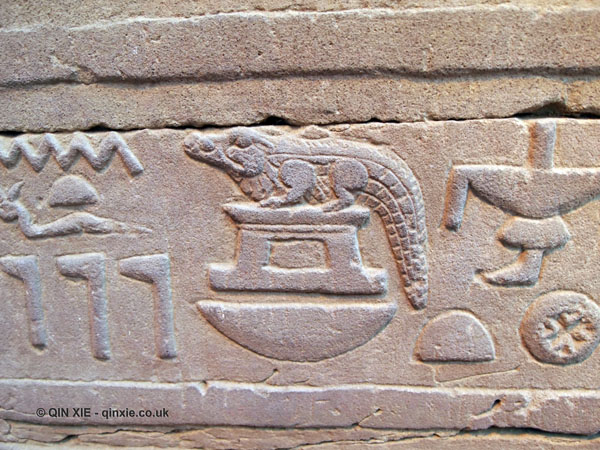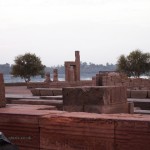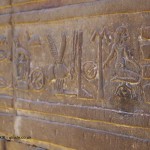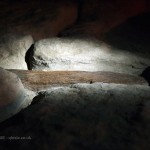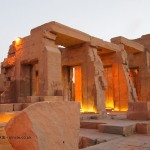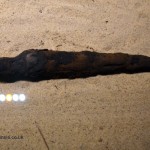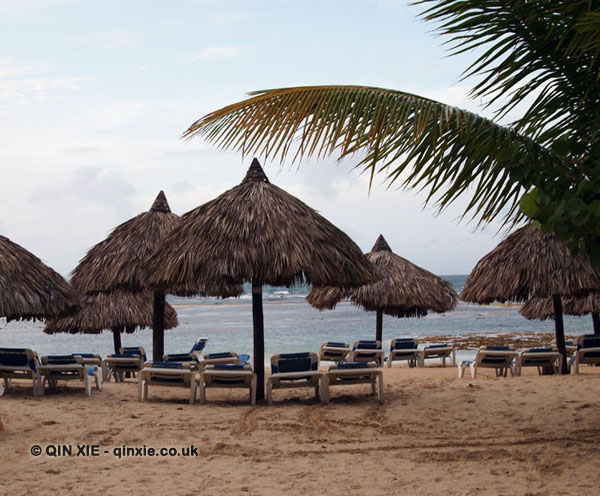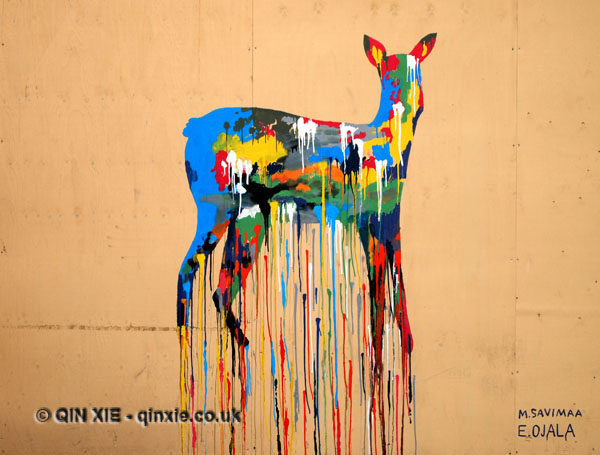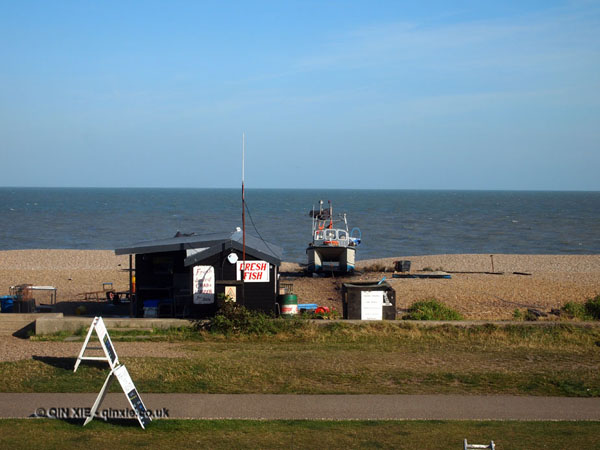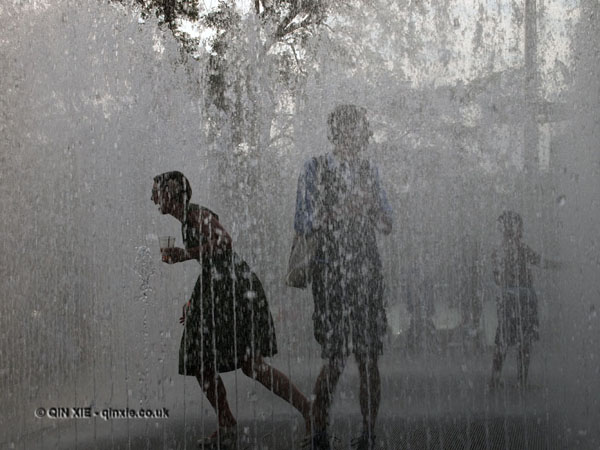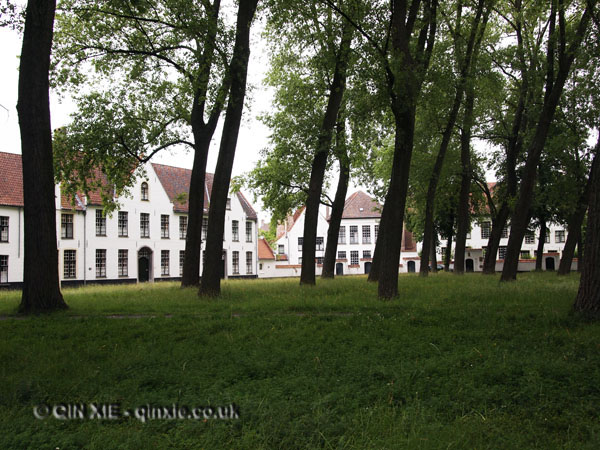Ptolemic Temple and Crocodile Museum
Culture Explorer uses affiliate links, including those from Amazon, which are identified using an *. If you buy something through the link at no extra cost to you, Culture Explorer may be paid a commission, which helps to fund running of the site. You can read more about this here.
This post is part of the collection from Classic Egypt – a trip up the Nile
At Kom Ombo, situated right against the river, is the Ptolemic Temple of Kom Ombo and the Crocodile Museum.
Ptolemic Temple of Kom Ombo
The temple at Kom Ombo was built during the Ptolemaic period, just as the Temple of Horus at Edfu was.
However, rather than worshipping a god, the temple at Kom Ombo was worshipping a living deity – the Nile crocodile, one of the most fierce and dangerous predators out there.
When the temple was built, there was no dam to keep the crocodiles at bay. For whatever reason, perhaps because Kom Ombo was particularly protected from the elements, the crocodiles liked to gather there.
The ancient Egyptians thought that by worshipping these crocodiles, the way they do with other gods, it would reduce the number of crocodile attacks. At least that’s the story according to my guide.
He is not without proof – the temple is populated with hieroglyphs of crocodiles, including icons depicting their worship.
As I mentioned earlier, the temple is in very close proximity to the river, making it perfect for photographs from the cruise ship. It’s also lit up at night, so if you’re there at sunset, it becomes a whole different world.
Crocodile Museum
On the way out of the Kom Ombo Temple site, you’ll pass the Crocodile Museum. Entry is included in the tickets so it’s definitely worth popping your head in.
There are no living crocodiles at the Crocodile Museum but there are plenty of examples of mummified remains. They range from partially hatched eggs to full-sized beasts. And they are in surprisingly good condition given their age.
After the Aswan dams were built, the Egyptian part of the Nile has been, for the most part, free of crocodiles so the museum makes a good stop to see the reptiles and learn about them in a historical context.
